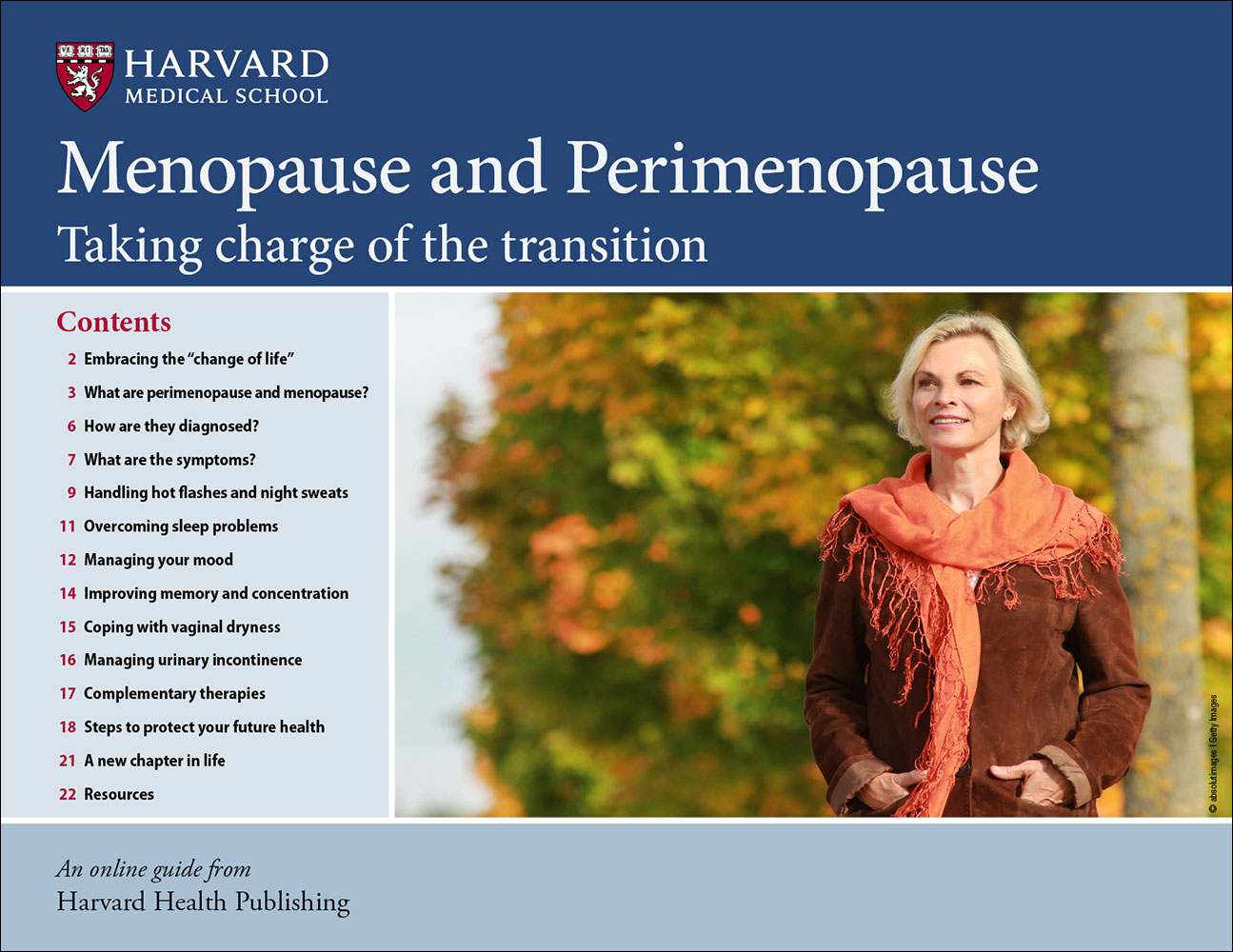Coping with vaginal dryness
Most women are able to use a few home remedies or prescription medicines to alleviate vaginal dryness that may develop during menopause. If these first steps don’t work, you have other options.
Vaginal moisturizers
These products, available over the counter, contain ingredients that help the vagina retain moisture. Typical brand names include Replens and K-Y vaginal moisturizer. Depending on the product, you may insert these into the vagina using an applicator several times a week, or you may rub the moisturizer into your vaginal lining as you would apply lotion to the rest of your skin. Check the instructions for details.
Vaginal lubricants
Lubricants don’t moisturize the vagina but temporarily make it more slippery, which reduces friction and makes intercourse easier and less painful. Look for over-the-counter products containing water or silicone that are marketed as vaginal lubricants. Typical brand names include K-Y lubricant and Astroglide. Natural lubricants such as coconut oil, olive oil, and peanut oil can also work, as can petroleum jelly, baby oil, and mineral oil. However, these natural and oil-based lubricants can damage condoms and increase your risk of pregnancy (if you still menstruate) and sexually transmitted diseases.
Vaginal estrogen
The most effective treatment for vaginal dryness is low-dose estrogen delivered directly to the vagina, available by prescription in different formulations. Estrogen creams are inserted into the vagina with an applicator. Brand names include Estrace, Ogen, and Premarin. Instructions vary, so follow the schedule for the product you use.
Another option is Estring, a flexible ring inserted into the vagina every three months. The ring gradually releases estrogen into the vagina. (This is not the same as Femring, which releases much higher doses of estrogen for treatment of hot flashes.) A small tablet, Vagifem, is inserted into the vagina and absorbed gradually. This is done every night for two weeks, and then twice a week afterwards.
All of these products contain a small amount of estrogen that is absorbed through the skin of the vagina. However, they do not contain as much estrogen as that in hormone replacement therapy, so you don’t have to worry about an increased risk of blood clots, breast cancer, and heart attacks. Even so, there are risks you should be aware of.
In theory, the use of vaginal estrogen can increase risk of endometrial cancer in a woman who has a uterus. (Estrogen stimulates growth of cells in the uterine lining.) However, because little of the estrogen is absorbed into the bloodstream, the risk is very small. However, if you spot blood while taking vaginal estrogen, contact your doctor immediately, as this may be a sign that cancer has developed. And if you have had breast cancer, ask your gynecologist if vaginal estrogen is safe for you, as even a small amount of estrogen that enters your bloodstream may increase the risk that the cancer will come back.












